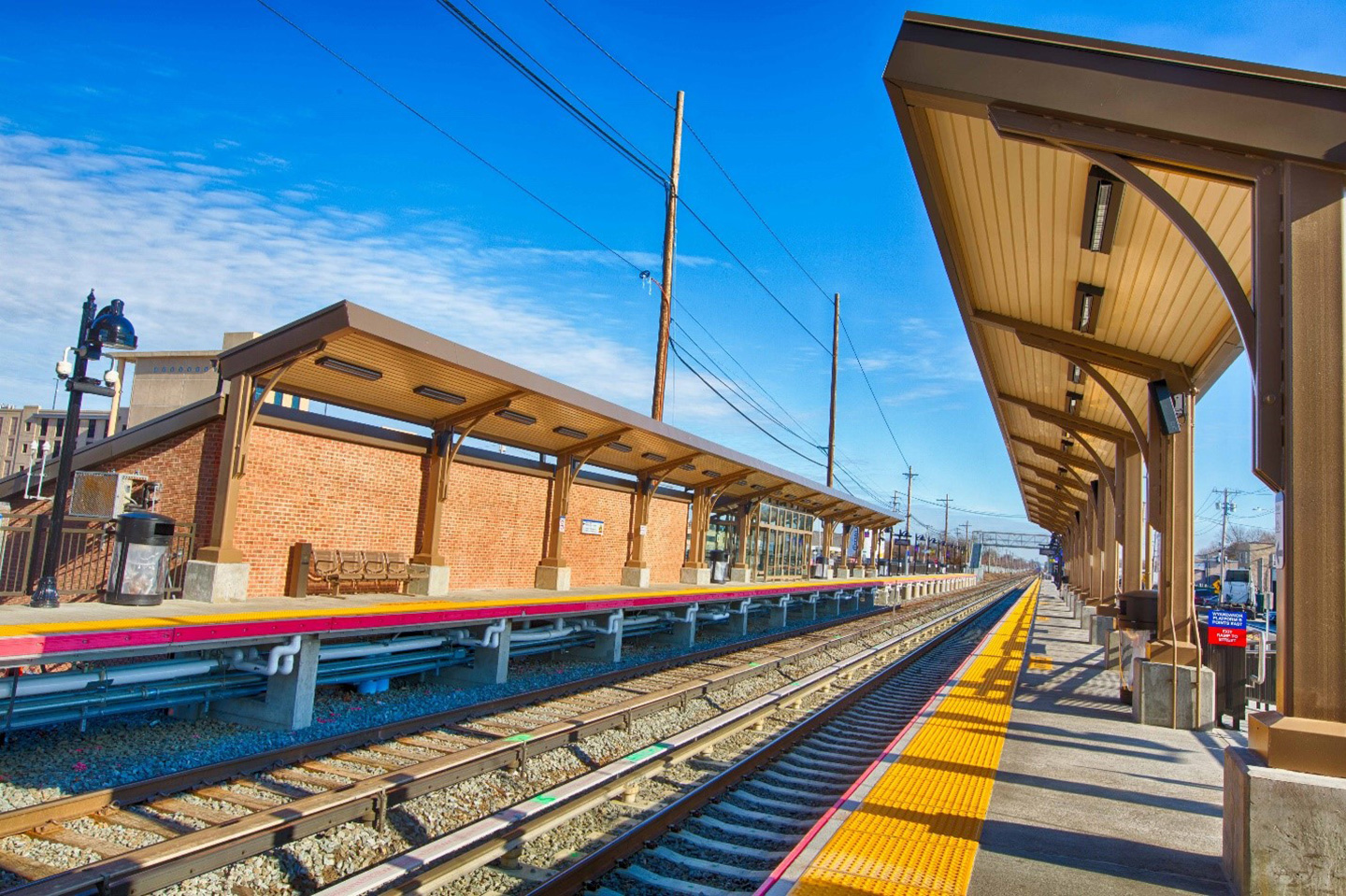When the design-build delivery method was introduced in the early 1990s, it brought significant changes to the design and construction process for building and infrastructure projects, both large and small. Under the design-build banner, architects, engineers, and contractors began to work closely together during design, allowing for productive collaboration, team alignment, and problem-solving early on that helped expedite schedules and minimize costs.
The advantages of design-build over conventional design-bid-build quickly became clear, and state laws and public agency procurement practices began to pave the way for widespread use of the delivery method. Owners benefited from reduced risks and single, streamlined contracts rather than multiple contracts with complex teams of consultants and contractors. Design-build teams succeeded by creating trusted partnerships focused on innovating and resolving issues together rather than pointing fingers when issues arose.
According to the Design-Build Institute of America (DBIA), “industry studies have shown that projects delivered through design-build perform far better in terms of cost, quality, and schedule than those performed using design-bid-build and construction management at risk.” FMI’s Design-Build Utilization Update, published in September 2021, points to continued growth for the design-build delivery method in the U.S. The report notes that the nation’s top 100 contractors reported $61 billion in domestic design-build revenue in 2013, with an increase to $86 billion in 2020. Three-quarters of the report’s survey respondents indicated that their experiences with design-build had been either “very good” or “excellent.”
 The design-build team of Dewberry and L.K. Comstock & Company, Inc. completed the new Wyandanch Station and track improvements for the Long Island Rail Road, working in phases to avoid train delays.
The design-build team of Dewberry and L.K. Comstock & Company, Inc. completed the new Wyandanch Station and track improvements for the Long Island Rail Road, working in phases to avoid train delays.
Progressive Design-Build: More Owner Involvement in Design
Many public agencies have settled into a two-phased approach that calls for the development of bridging documents as a first step, followed by the actual design-build process. Those bridging documents define the scope of the project according to the client’s priorities, typically taking the design to a level of completion that defines the design intent, including performance and quality requirements. The design-build partners then produce an informed bid to complete the project.
This is a rather prescriptive approach through which design-build teams examine the documents and preliminary design in order to submit their proposals and bids. Often, teams suggest alternative technical concepts (ATCs) that may then lead to additional cost-savings or expedited schedules. With 20 years of design-build experience, we are fortunate to have successfully completed more than 130 projects using this proven method, at a value of more than $20 billion.
Today we are also seeing the industry begin to explore the “progressive design-build” (PDB) procurement approach. This method allows for an even greater collaboration with the owner by involving the design-build team (selected based on qualifications and value rather than price) in the earliest conceptual phases to create the project scope and preliminary design. Rather than basing its proposal and cost estimates on independently derived bridging documents that define the scope, the design-build team works hand-in-hand with the owner from the beginning to “progress” toward a design and contract price. ATCs are not required in this instance, as the design-build team helps define the project with the owner from the beginning. The design-build team issues a guaranteed maximum price (GMP) when the design is typically 50 to 75% complete.
PDB involves an even higher level of interaction and collaboration. The process can shorten and simplify the procurement phase, and encourage competition. It creates greater transparency between the design-build team and the owner and allows the owner more input into the design phases with associated budget certainty. Under progressive design-build, projects are typically divided into phase I preliminary or preconstruction services and phase II final design and construction services. PDB has been used in transit, airport, and water/wastewater projects and is beginning to take hold in the highway sector, with agencies now recognizing that it provides the benefits of design-build even earlier in the process.
Firms that are proficient in design-build understand the importance of establishing partnerships that address the specific skill sets required for each particular project, along with the capacity to perform the work in the required timeframe. Keith Itzler
The Right Team: Tested and Trusted
Regardless of whether owners opt for design-build or progressive design-build (some procurement laws will need to address the nuances of PDB over the more established design-build approach), teaming continues to be the most important ingredient for success. Firms that are proficient in design-build understand the importance of establishing partnerships that address the specific skill sets required for each particular project, along with the capacity to perform the work in the required timeframe. Many firms, including ours, have proven relationships that are specifically suited to the challenges of design-build in both the infrastructure and vertical construction arenas. Trust among team members is imperative.
Today, depending upon legislation in each state and the methodology preferred by public agencies as well as private owners, there are a number of strong options for project delivery—from traditional design-bid-build to the more recent design-build options. Although still considered “alternative project delivery,” design-build is today recognized by the design and construction industry across several markets as a standard and well-proven approach. Now more than ever, owners have the opportunity to select a specific delivery method that is the best fit for their particular project, with industry track records and experienced teams ready to support their decision.